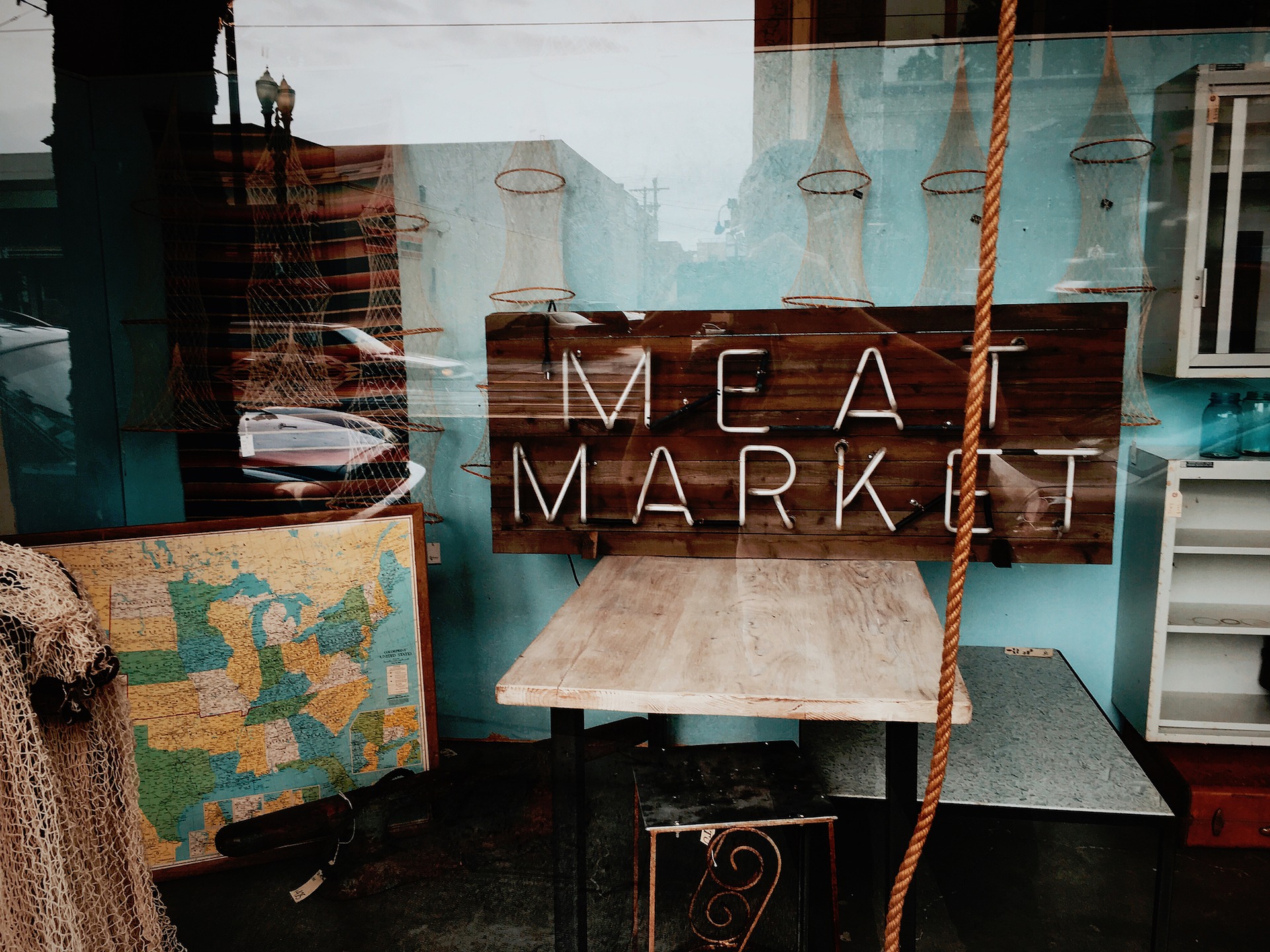In the wake of the COVID-19 pandemic, wildlife trade—encompassing the sale or exchange of wild animals, fungi and plants, and their derivatives—has become pivotal to the discourse regarding public health. It is believed that the pandemic originated from the transmission of a zoonotic pathogen (a pathogen that can be transmitted from vertebrate animals to humans) between wildlife and humans in a ‘wet market’ in China’s Hubei Province [1]. As a result, the wildlife trade has come under increased scrutiny, leading to calls for policies that ban wildlife trade in an attempt to minimise public health threats.
The downside: Wildlife trade and the increased risk of disease
Wildlife trade can involve a wide variety of species, actors, and supply chains within markets that vary in their legality [2]. This human-animal proximity increases the risk of zoonosis, with infectious diseases hopping the species barrier from animals to humans. Indeed, the wildlife trade increases human exposure to viral pools via the handling of butchered wildlife or exposure to fomites (objects or materials which are likely to carry infection) in wildlife markets. In fact, the rate at which zoonotic pathogens are emerging is increasing, with over 60% of the roughly 400 emerging infectious diseases identified since 1940 being zoonotic [3]. These include Severe Acute Respiratory Syndrome (SARS), West Nile Virus, Rift Valley fever, and Avian Influenza.
Wildlife trade is also thought to undermine the societal push for responsible consumption and production, as the trade often encourages over-exploitation of natural ecosystems until they can no longer provide essential ecosystem services.
Wildlife trade is also thought to undermine the societal push for responsible consumption and production, as the trade often encourages over-exploitation of natural ecosystems until they can no longer provide essential ecosystem services. This can create long-term poverty traps and enable disease spread. Recent research by Thomas Pienkowski and colleagues at the National University of Singapore found that deforestation was associated with an increased risk of several major sources of global childhood morbidity and mortality in Cambodian forests. This is thought to be caused by the loss of ecosystem services such as water-regulation, which in turn increases microbial load (the number and type of microbes contaminating an object or organism) in the area [4].
The upside: Wildlife trade can be essential
Despite the clear link between wildlife trade and public health, we should not ignore the reality that millions of people depend on it for food and livelihoods [5]. The far-reaching impacts of wildlife trade are embodied in the UN’s Sustainable Development Goals (SDGs), which cover the ‘5Ps’: People, Prosperity, Peace, Partnerships, and Planet. The aspects of sustainable development delivered by wildlife trade are generally related to poverty or hunger alleviation, creation of jobs, and responsible consumption and production. For example, wild meat hunting of animals like bats, monkeys, rats, and snakes in West and Central Africa is an important component of household economies and trade chains and primarily involve female traders [6]. In urban areas of Ghana, bushmeat wholesalers and market traders are all women, which means that the revenue provided by selling wild meat has the potential to improve gender inequality [7].
Restricting access to wildlife may not align with the SDGs as it would disproportionately reduce the income of marginalised communities, in turn preventing the drive for reduced inequalities.
The impact of the wildlife trade often varies between urban and rural settings. For example, in Vietnam, porcupine bush meat is cheap and eaten by poorer people living in rural areas. But the same meat is considered an expensive luxury in big cities like Ho Chi Minh City [8]. Thus, restricting access to wildlife may not align with the SDGs as it would disproportionately reduce the income of marginalised communities, in turn preventing the drive for reduced inequalities.
The necessity of wild meat for ensuring food security and stable livelihoods around the world may drive resistance to bans on wildlife trade, which would undermine their intended effects. Non-compliance to bans is one such risk. For example, after the Ebola crisis in West Africa from 2013–2016, the trade of wild meat was banned by governments across the region and accompanying supportive public health messages suggested that wild meat should not be eaten to prevent disease transmission. However, local populations in villages of Sierra Leone viewed the criminalisation of wild meat consumption as a conservation measure that was using public health as a scapegoat to stop wild hunting. This opportunistic ‘bandwagonning’ by authorities not only resulted in an elicit wild-meat trade, but also entrenched public distrust towards the authorities as there was a mismatch between their own experiences of eating wild meat and official guidance [9]. Therefore, a moratorium on wildlife trade can have perverse consequences where epistemic dissonance hinders the system-wide changes needed for better public health.
The solution: context-specific policies
To address public health, wildlife trade policies need to consider the trade-offs within and between aspects of sustainable development, including animal welfare, public health, conservation, and livelihoods. These competing imperatives can be weighted differently using a risk-based approach depending on the context, ultimately leading to different policies being favoured. For example, trade and consumption of horseshoe bats in south China can provide livelihood benefits in terms of the nutritional value they bring when consumed as supplements to rural diets. However, these benefits are outweighed by the costs of wide-spread public health risks since bats are a reservoir for many zoonotic diseases, such as SARS and Middle East Respiratory Syndrome (MERS) coronaviruses [10]. Therefore, a ban on all trade of bats in south China may be appropriate, though there would need to be monetary compensation or social aid for the specific impact on the livelihoods of rural communities.
To address public health, wildlife trade policies need to consider the trade-offs within and between aspects of sustainable development, including animal welfare, public health, conservation, and livelihoods.
Similarly, the trade of live waterfowl in Egypt poses a moderate public health risk through the potential zoonotic spread of influenza A. Yet, the trade of waterfowl also provides many societal benefits, including its role as a source of food, income, and cultural value [11]. The earliest Egyptian civilisations were built off the trade of live animals, and wildlife consumerism has remained a societal norm in the modern era [12]. Therefore, trade should be regulated with strict hygiene standards to minimize public health risks and prevent illicit trading, but arguably there should not be a blanket ban. This specific policy would ensure that public health is protected whilst also allowing for sustainable development.
Therefore, rather than blindly implementing a blanket ban on wildlife trade, we must understand that its contributions to society are complex, uncertain, and divergent. Exploring these contributions in different locations around the world will help develop policies that cater to their specific needs. This will take time and effort but will ensure that the improvements to public health will be more long-lasting.
References
- Rahman, M. T. et al. Zoonotic Diseases: Etiology, Impact, and Control. Microorganisms 8, 1–34 (2020).
- Unsustainable and illegal wildlife trade | WWF. https://wwf.panda.org/discover/our_focus/wildlife_practice/problems/illegal_trade/.
- Jones, K. E. et al. Global trends in emerging infectious diseases. Nature 451, (2008).
- Pienkowski, T., Dickens, B. L., Sun, H. & Carrasco, L. R. Empirical evidence of the public health benefits of tropical forest conservation in Cambodia: a generalised linear mixed-effects model analysis. The Lancet Planetary Health 1, (2017).
- There are no winners in the illegal trade in wildlife. https://www.unep.org/news-and-stories/story/there-are-no-winners-illegal-trade-wildlife.
- Incentives and social relationships of hunters and traders in a Liberian bushmeat system | Request PDF. https://www.researchgate.net/publication/334895917_Incentives_and_social_relationships_of_hunters_and_traders_in_a_Liberian_bushmeat_system.
- Mendelson, S., Cowlishaw, G. & Rowcliffe, J. M. Anatomy of a bushmeat commodity chain in Takoradi, Ghana. Journal of Peasant Studies 31, (2003).
- Olmedo, A., Veríssimo, D., Challender, D. W. S., Dao, H. T. T. & Milner-Gulland, E. J. Who eats wild meat? Profiling consumers in Ho Chi Minh City, Vietnam. People and Nature 3, 700–710 (2021).
- Bonwitt, J. et al. Unintended consequences of the ‘bushmeat ban’ in West Africa during the 2013–2016 Ebola virus disease epidemic. Social Science and Medicine 200, (2018).
- Zhang, L., Zhu, G., Jones, G. & Zhang, S. Conservation of bats in China: problems and recommendations. ORYX vol. 43 (2009).
- Kayed, A. S. et al. Surveillance for avian influenza viruses in wild birds at live bird markets, Egypt, 2014-2016. Influenza and other Respiratory Viruses 13, (2019).
- van Uhm, D. P. The social construction of the value of wildlife: A green cultural criminological perspective. Theoretical Criminology 22, 384–401 (2018).





